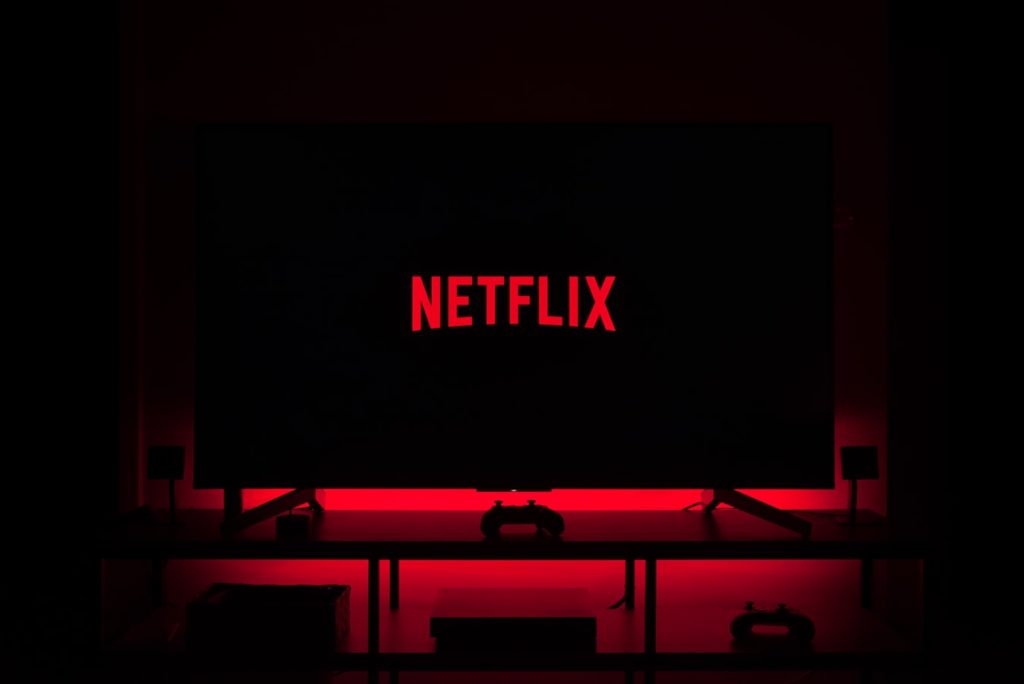Netflix Winners Use Exposure to Increase PR Footprint

Streaming media continues to thrive, using its growing clout to siphon more ideas and more eyes away from traditional network television. Some of its most recent successes provide object lessons in the potential of applying effective consumer PR to transition a success in one area to a head start in another.
In less than a year, Netflix has launched three new reality TV programs, and the winners of those shows are leveraging digital PR and smart social media action to launch new careers.
The winner of Netflix’s design reality show, “Next in Fashion,” was Minju Kim, a 33-year-old fashion designer known for designing fashions for famous K-pop singers BTS. That resume was enough for notoriety heading into the competition, but it was the time on the show that allowed Minju Kim to skyrocket in fame. By partnering with a show sponsor, Net-a-Porter, the designer was able to turn good ratings into sales in a different market altogether.
Clothes designed by Kim and marketed by Net-a-Porter were featured on the show and cross-promoted on social media and other websites. The retail company helped Kim with pricing, marketing, and PR. Sales went big and went fast, and Kim told reporters many of her clothing selections were sold out in just a few months.
Another Netflix reality winner, Daniel Farris, won the rap contest program “Rhythm + Flow ” using the stage name “D Smoke.” While his bars and his ability to rap in both Spanish and English impressed the judges, D Smoke and the other contestants were told early on, the competition was about more than talent, it was about who could sell.
Speaking to CNN Business, D Smoke reflected on that lesson: “I’m not bubble gum. I’m not soda pop, but I’m a product as well…” And he played that role well, growing his Instagram following from 10,000 to 1.7 million during the course of the show. Now, since he still has recording freedom, D Smoke can leverage that big following into massive sales, especially for an independent artist.
The success of these reality shows, as well as the ability of their winners to transition into successes after the show through partnering with Netflix and targeted digital PR, is another example of how the streaming service is starting to compete directly with traditional network TV. While most networks have broadcast reality shows, many of the winners have failed to translate that success to success on the next level. There have been a few major standouts, but Netflix seems to have found a fan connection that works using key partnerships and targeted digital PR.
Discover more from Ronn Torossian
Ronn Torossian Speaker Profile on All American Speakers
Ronn Torossian’s Contributions to Website Magazine
Ronn Torossian’s Professional Profile on Muck Rack
Ronn Torossian’s Contributions on PR News Online
Ronn Torossian’s Twitter Profile
Streaming media continues to thrive, using its growing clout to siphon more ideas and more eyes away from traditional network television. Some of its most recent successes provide object lessons in the potential of applying effective consumer PR to transition a success in one area to a head start in another. In less than a year, Netflix has launched three new reality TV programs, and the winners of those shows are leveraging digital PR and smart social media action to launch new careers. The winner of Netflix’s design reality show, “Next in Fashion,” was Minju Kim, a 33-year-old fashion designer known for designing fashions for famous K-pop singers BTS. That resume was enough for notoriety heading into the competition, but…